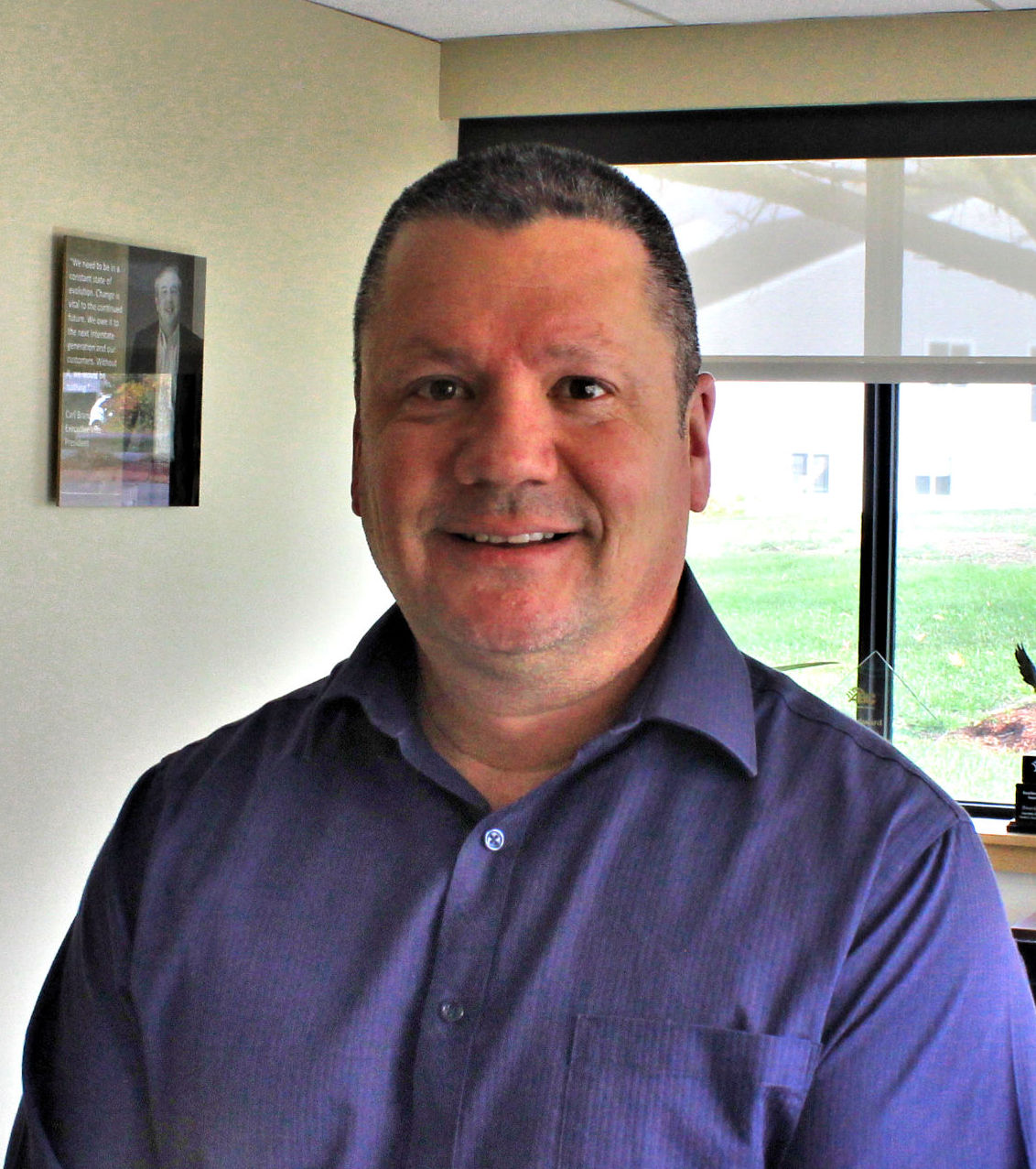Building smarter: Architecture’s role in higher education’s public-private partnerships - by John Sullivan

The higher education landscape is changing fast. With increased pressure on universities to expand facilities, elevate student experiences, and stay competitive – all while keeping a tight grip on the budget – it’s no wonder public-private partnerships (P3s), and in some cases, academic-and-developer joint ventures, are becoming the solution of choice. However, the bottom line is that success in public-private partnerships hinges on more than just initial agreements. A well-considered architecture and design process is key in shaping these projects into successful outcomes, ensuring they provide lasting value and meet their intended goals.
Understanding P3s in Today’s Evolving Higher Education Environment
When it comes to P3s in higher education, proactive risk management is essential for the success of the project. These partnerships offer tremendous growth potential. A recent national survey by P3•EDU and The Chronicle of Higher Education revealed that 75% of higher education leaders expect P3s to expand on their campuses, particularly in areas like energy and sustainability, student housing, and workforce development. This growing trend reflects a shift in how institutions view collaboration with private entities, recognizing the benefits of shared resources and expertise.
By addressing potential challenges like cost control, schedule management, and aligning expectations early on, institutions can confidently navigate the process and maximize the benefits of these partnerships. As universities increasingly seek to enhance their infrastructure and services while managing tight budgets, P3s offer a viable pathway to achieve these goals. Moreover, as the demand for sustainable practices and innovative learning environments grows, P3s can provide the necessary flexibility and resources to adapt to evolving educational needs. Ultimately, these collaborations bolster institutional capacity and contribute to the overall enrichment of campus life and community engagement.
Navigating Risk in Higher Education P3s
Effective risk management starts with early coordination. By using project delivery methodologies, such as Virtual Design and Construction (VDC), potential challenges can be identified before they become costly issues. This approach brings together design teams, construction managers, and subcontractors early on, improving communication and addressing scheduling issues. This approach enhances design coordination, saves time and money, and allows the completion of complex projects efficiently while reducing risks and keeping costs predictable.
VDC enables the identification of potential roadblocks before they arise, helping teams proactively resolve issues, maintain workflow continuity, and keep the project on track.
Balancing Design, Trends, and Budget Realities
Universities often have bold aspirations for their buildings – prioritizing cutting-edge design, sustainability, and brand alignment. In light of pandemic-induced isolation, there is a growing demand for on-campus housing that fosters community life as rising off-campus rents further drive this need. New residence halls feature a lower student-to-bathroom ratio than traditional communal facilities, eliminating the need for gender-specific programming. These spaces also include casual areas for socializing, community kitchens, video chat rooms, online shopping, food service, and large package delivery.
On the other hand, developers focus on ensuring the project remains financially viable. So, how do you bring these perspectives together? The right architecture firm bridges the gap, translating visionary concepts into designs that are practical, buildable, and financially sound. With modeling and data-driven solutions, architects have the responsibility and tools to elevate their role in project delivery. The key lies in finding solutions that balance academic values with commercial objectives. When approached thoughtfully, the result is a win for everyone involved.
Speed-to-Concept: Time is of the Essence
In today’s fast-paced environment, universities and their advisors often face tight timelines and limited resources to realize their visions. With urgent enrollment needs, competitive pressures, and the demand for state-of-the-art facilities, speed to concept is essential. However, it’s not just about rapid execution – it’s about achieving that speed with precision to prevent future challenges.
A successful design partner utilizes technology, creativity, and collaboration to help institutions swiftly arrive at a concept that is both appealing and financially viable. By combining these elements, experienced architecture firms can provide solutions that are both innovative and financially sound, ensuring that projects hit the ground running, meet key deadlines, and stay within budget – ultimately helping them stay competitive with their counterparts.
Why Architecture Matters in P3 Projects
At the end of the day, successful P3s in higher education hinge on alignment – bringing together vision and budget, speed and quality, and public and private interests. The architecture and design approach serves as the unifying force that seamlessly integrates these elements. With early collaboration, thoughtful design, and a keen eye on market realities, P3s can deliver the facilities that universities need while giving developers the expected returns. When done right, it becomes a blueprint for future success and a model for sustainable partnerships.
John Sullivan, AIA, is president of architecture and partner at SGA, Boston, Mass.
Timberline Construction Corp. completes renovation for Notre Dame Long Term Care facility


It’s time to lead: Confronting mental health in construction - by David Watts

Insulation experts are the unsung heroes of our clean energy progress - by Jeffrey Saliba

Ask the Electrician: How do I prepare my commercial building for a disaster?


 (1) (1).png)








.png)
.png)